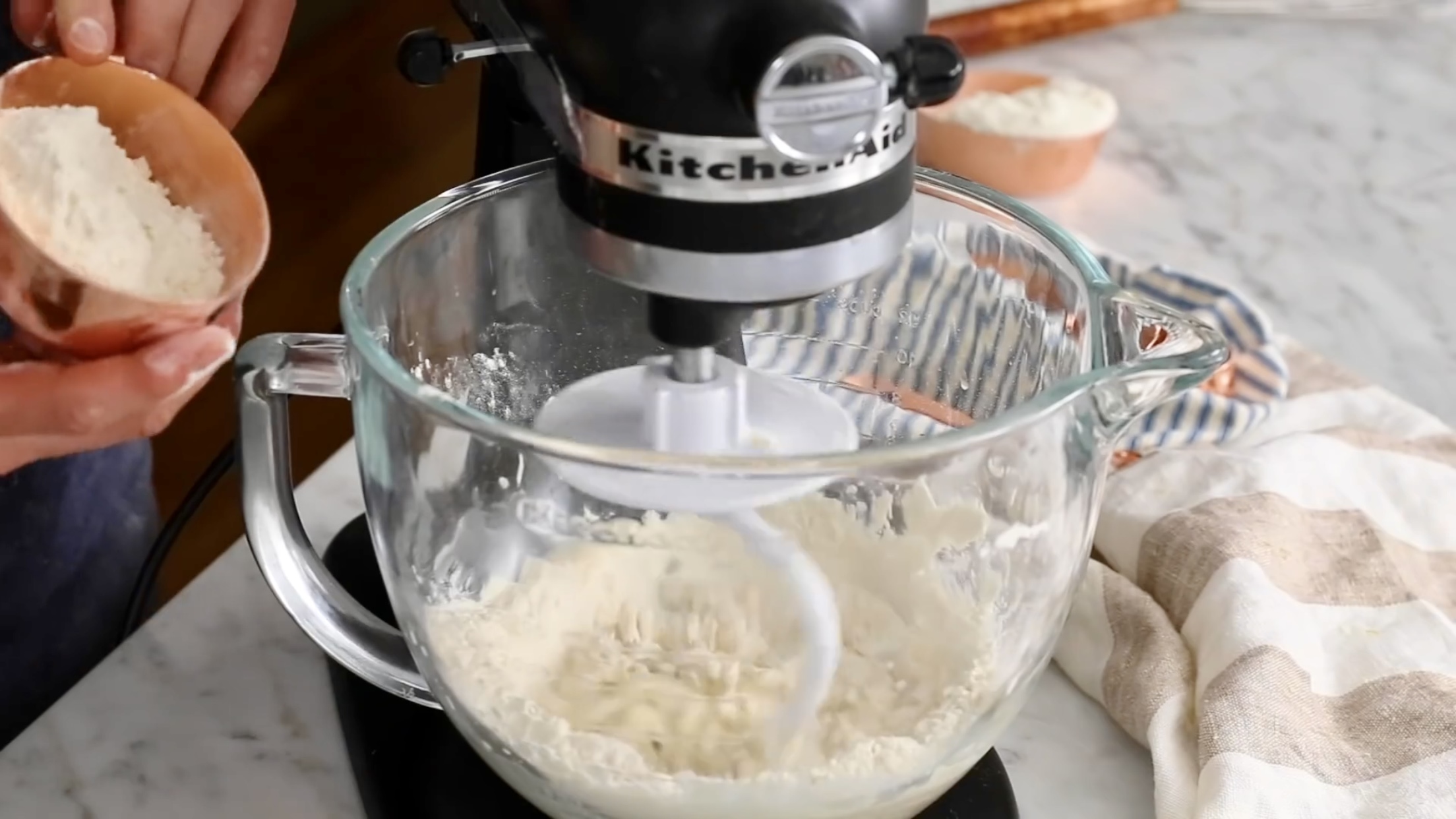Bread proofing, also known as rising or fermenting, is a crucial step in the bread-making process. It is the stage where the dough develops its flavor, texture, and structure, thanks to the action of yeast and bacteria. Proofing can be done at room temperature, in the refrigerator, or in a warm and humid environment. However, not all home bakers have the ideal conditions for proofing their dough, especially in cold or dry climates. That’s where a proofing box comes in handy.
A proofing box, also known as a dough proofer, is a device that creates and maintains a consistent temperature and humidity level for the dough to rise. It can speed up the proofing process, improve the quality of the bread, and allow more control over the final result. A proofing box can be a simple DIY project, a specialized appliance, or a multifunctional device that can also bake, steam, or dehydrate food.
Do Proofing Boxes Work?
Proofing boxes work very well for bread proofing. They provide a warm and moist environment that stimulates the yeast and bacteria activity in the dough, making it rise faster and more consistently. They also prevent the dough from drying out or developing a crust, which can affect the texture and appearance of the bread. Proofing boxes can also be used for other purposes, such as making yogurt, cheese, tempeh, kombucha, or chocolate.
What Features Would the Ideal Bread-Proofing Chamber Have?
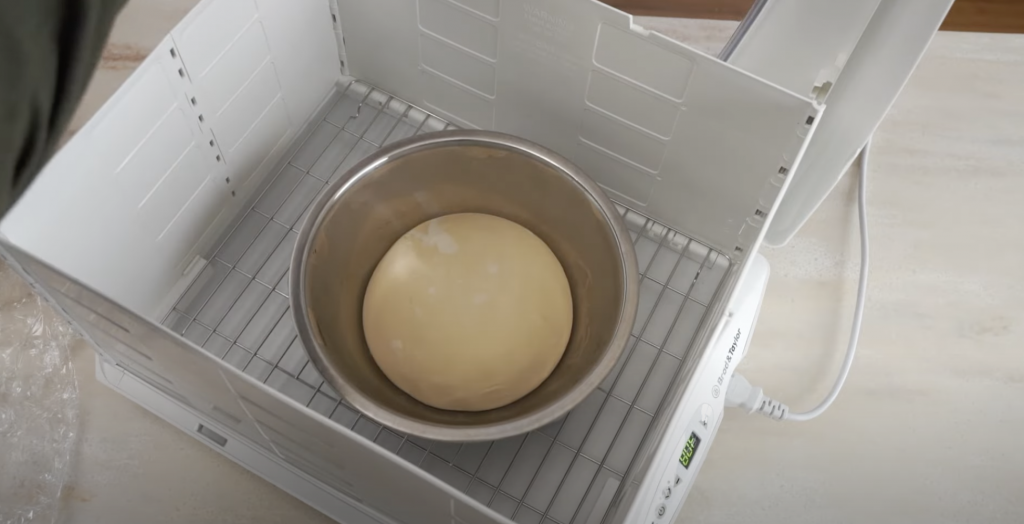
The ideal bread-proofing chamber would have the following features:
- A temperature range of 70°F to 120°F, which is optimal for most bread recipes.
- A humidity level of 60% to 80%, which prevents the dough from drying out or forming a skin.
- A timer and a thermostat, which allow you to set and monitor the proofing time and temperature.
- A large and clear window, which lets you see the progress of the dough without opening the lid.
- A foldable and lightweight design, which makes it easy to store and transport.
- A versatile and multifunctional capability, which enables you to use it for other tasks, such as baking, steaming, or dehydrating.
How Common Is the Use of a Proofing Box?
The use of a proofing box is not very common among home bakers, but it is more popular among professional bakers and pastry chefs. A proofing box can be a valuable tool for anyone who wants to make consistent and high-quality bread at home, especially in cold or dry climates. A proofing box can also be useful for experimenting with different types of bread, such as sourdough, rye, or gluten-free.
How to Use a Proofing Box
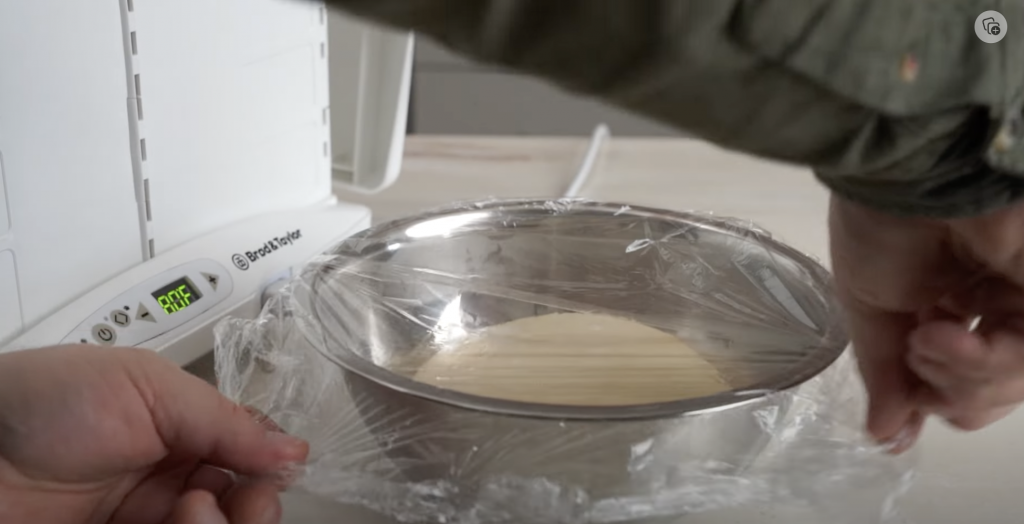
Using a proofing box is very simple and straightforward. Here are the basic steps to follow:
- Prepare your dough according to your recipe and shape it into a ball or a loaf.
- Place your dough in a lightly greased bowl or a proofing basket and cover it with a damp cloth or a plastic wrap.
- Place your bowl or basket inside the proofing box and close the lid.
- Set the temperature and the timer according to your recipe or preference. Generally, the ideal temperature for bread proofing is between 80°F and 90°F, and the ideal time is between 30 minutes and 2 hours, depending on the type and amount of dough.
- Check the dough periodically to see if it has doubled in size and passes the finger test. The finger test is a simple way to check if the dough is ready to bake. Gently poke the dough with your finger. If the indentation springs back quickly, the dough needs more time. If the indentation stays, the dough is overproofed. If the indentation slowly fills back, the dough is ready to bake.
- Once the dough is ready, remove it from the proofing box and proceed with the baking process.
Top Products Related to Proofing Boxes
If you are interested in buying or learning more about proofing boxes and related products, here are some of the top ones that we recommend:
Electric Bread Dough Proofer Machine

This Multi-functional electric dough proofer allows you to independently control the temperature and humidity through an electirc panel. It helps your dough rise and ferment better and more stable ...
This product is a multi-functional electric dough proofer that allows you to control the temperature and humidity for various recipes. You can use it to make bread, yogurt, cheese, butter, and more. It also has a timer, a transparent lid, and a large capacity. It is easy to use, clean, and store. A fine-tuned heating system and a sensitive temperature sensor that can quickly capture temperature changes and heat evenly. The temperature range is from 75°F (24°C) to 122°F (50°C), which can handle various recipes with ease.
Brod & Taylor Sahara Folding Dehydrator

Folds in seconds to 1/3 its size. Enjoy healthy and delicious benefits of food dehydration without a bulky and hard-to-store appliance.
Over 1 square meter (11 square feet) of drying area, stainles...
This is a proofing box and a dehydrator in one, with a temperature range of 85°F to 165°F and a capacity of 11 square feet. It has a digital display, a timer, and a dual-heater system for fast and even drying. It can fold flat for easy storage and transport. It can also be used for making jerky, fruit leather, granola, herbs, and more. It is made of stainless steel and aluminum, and it comes with a one-year warranty.
Zojirushi Home Bakery Virtuoso Plus Breadmaker

Various healthy course settings include Multigrain, Whole Wheat, Rapid Whole Wheat, Gluten Free, Salt Free, Sugar Free and Vegan
Double Kneading Blades thoroughly knead dough for superior results; ...
This is a bread machine that can also proof and bake your dough, with a temperature range of 68°F to 104°F and a capacity of 2 pounds. It has a digital display, a timer, and 15 pre-programmed settings for different types of bread, dough, cake, jam, and more. It has a dual kneading blade, a removable nonstick pan, and a large viewing window. It also comes with a measuring cup, a measuring spoon, and a recipe book.
Banneton Proofing Basket Set
This is a set of two proofing baskets, one round and one oval, made of natural rattan. They have a diameter of 10 inches and a height of 3.5 inches, and they can hold up to 2 pounds of dough each. They come with two linen liners, two dough scrapers, and a bread lame with five blades. They are ideal for shaping and proofing artisan bread, such as sourdough, rye, or whole wheat.
ThermoPro TP50 Digital Hygrometer
This is a device that measures the temperature and humidity level of your environment, with a range of -58°F to 158°F and 10% to 99%. It has a large LCD display, a comfort level indicator, and a high/low record function. It can be placed on a tabletop or mounted on a wall. It is powered by one AAA battery, which is included. It can help you monitor and adjust the conditions of your proofing box or your room.
What Is the Best Dough Proofer Machine?
There are many dough proofer machines available on the market, but one of the best ones is the Brod & Taylor Folding Proofer and Slow Cooker. This device is a proofing box and a slow cooker in one, with a temperature range of 70°F to 195°F and a capacity of 12 quarts. It has a digital display, a timer, and a water tray for humidity control. It can fold flat for easy storage and transport. It can also be used for making yogurt, cheese, tempeh, kombucha, chocolate, and more. It is made of reinforced polypropylene and aluminum, and it comes with a one-year warranty.
Are Proofing Baskets Worth It?
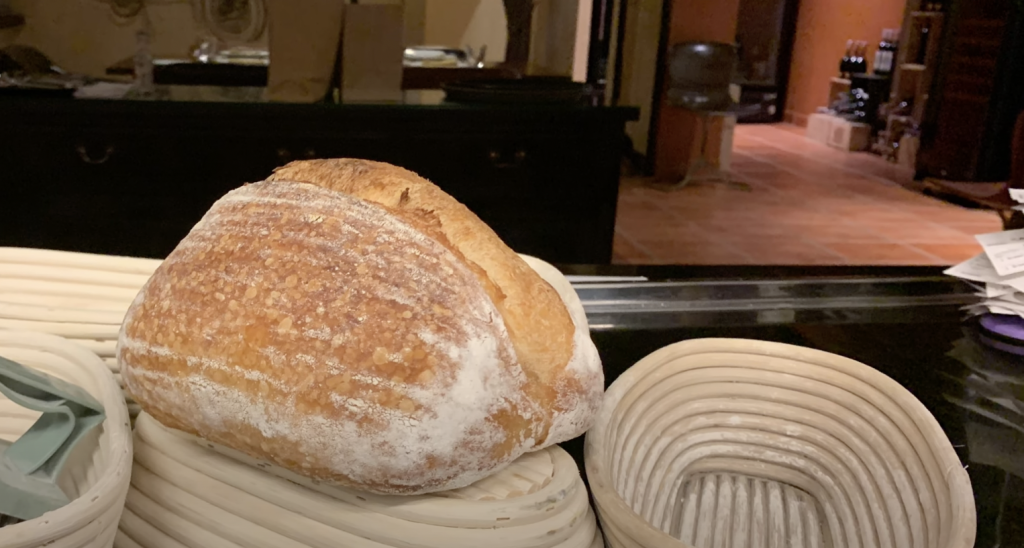
Proofing baskets, also known as bannetons or brotforms, are round or oval-shaped baskets made of rattan, cane, or wood pulp. They are used to hold and shape the dough during the final proofing stage, before transferring it to a baking stone or a dutch oven. Proofing baskets are worth it for several reasons:
- They give the bread a beautiful and rustic appearance, with a spiral or ridged pattern on the crust.
- They absorb some of the moisture from the dough, creating a firmer and crispier crust.
- They prevent the dough from spreading or collapsing, maintaining its shape and volume.
- They allow the dough to breathe, enhancing its flavor and aroma.
Proofing baskets are easy to use and maintain. You just need to dust them with some flour before placing the dough inside, and tap them gently to remove any excess flour after removing the dough. You can also wash them occasionally with warm water and a mild soap, and let them air dry completely.
What Can I Use Instead of a Dough Proofing Box?
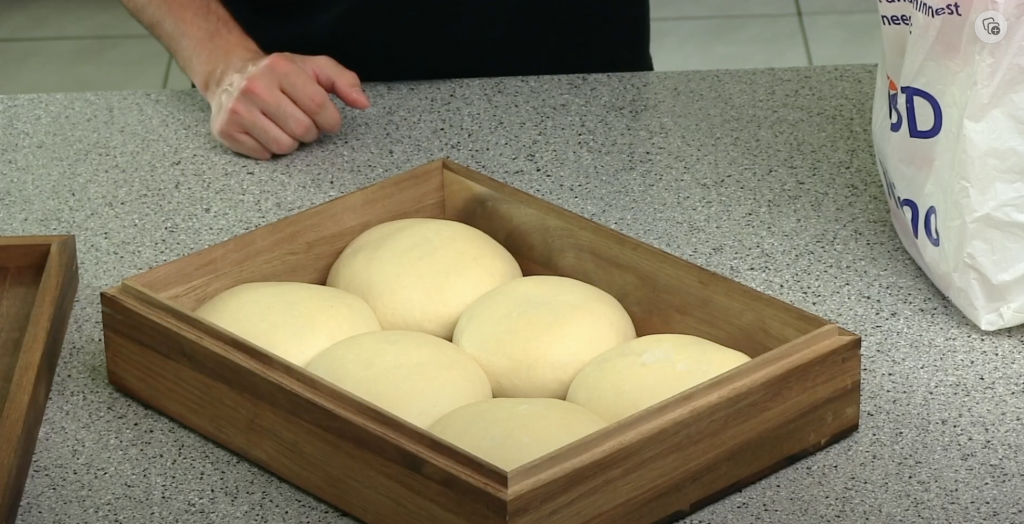
If you don’t have a dough proofing box, you can use some alternative methods to create a warm and humid environment for your dough. Here are some of the most common ones:
The oven method
Preheat your oven to the lowest setting (usually around 170°F) and then turn it off. Place a bowl of boiling water on the bottom rack and your dough on the middle rack. Close the oven door and let the dough rise for the desired time.
The microwave method
Heat a cup of water in the microwave for 2 minutes. Place your dough in a microwave-safe bowl and cover it with a damp cloth or a plastic wrap. Put the bowl in the microwave, along with the cup of water, and close the door. Do not turn on the microwave. Let the dough rise for the desired time.
The cooler method
Fill a large cooler with hot water and close the lid. Place your dough in a bowl or a basket and cover it with a damp cloth or a plastic wrap. Put the bowl or basket on top of the cooler and let the dough rise for the desired time.
How to Build a DIY Proofing Box
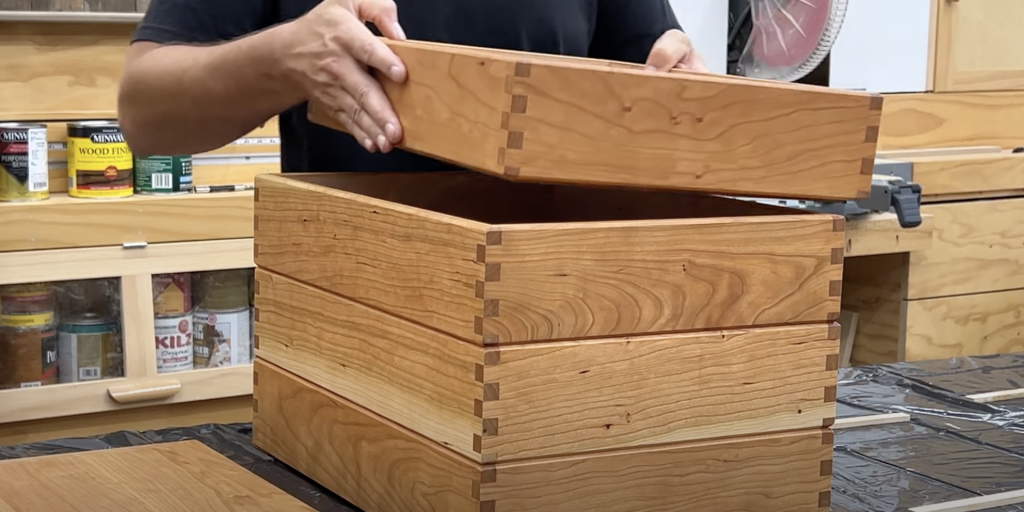
If you are feeling crafty and adventurous, you can also build your own DIY proofing box with some basic materials and tools. Here is one possible way to do it:
- Gather the following items: a large plastic storage bin with a lid, a heating pad, a thermometer, a hygrometer, a bowl of water, and some towels or blankets.
- Place the heating pad on the bottom of the bin and plug it in. Set it to the lowest or medium setting, depending on the temperature you want to achieve.
- Place the thermometer and the hygrometer inside the bin, near the heating pad. These will help you monitor the temperature and the humidity level inside the bin.
- Place the bowl of water inside the bin, away from the heating pad. This will provide some moisture for the dough.
- Place your dough in a bowl or a basket and cover it with a damp cloth or a plastic wrap. Place the bowl or basket inside the bin, on top of the heating pad.
- Cover the bin with the lid and wrap it with some towels or blankets to insulate it and prevent heat loss.
- Check the thermometer and the hygrometer periodically to see if the temperature and the humidity are within the desired range. Adjust the heating pad or the water bowl as needed.
How to Proof Dough in Your Oven
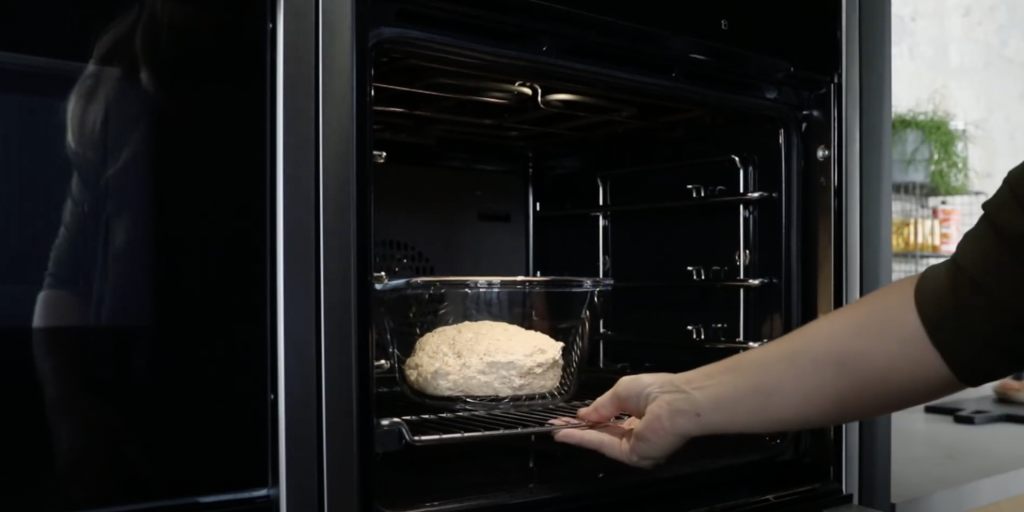
If you don’t have a proofing box or any of the alternative methods, you can still proof your dough in your oven. However, this method requires more attention and care, as the oven can get too hot or too dry for the dough. Here are the steps to follow:
- Preheat your oven to the lowest setting (usually around 170°F) and then turn it off. Leave the oven door slightly open to let some of the heat escape.
- Place your dough in a lightly greased bowl or a proofing basket and cover it with a damp cloth or a plastic wrap.
- Place your bowl or basket on a baking sheet and put it in the oven. Close the oven door and let the dough rise for the desired time.
- Check the dough periodically to see if it has doubled in size and passes the finger test. Be careful not to overproof the dough, as the oven can get too warm for the yeast and bacteria.
- Once the dough is ready, remove it from the oven and proceed with the baking process.
Final Thougs
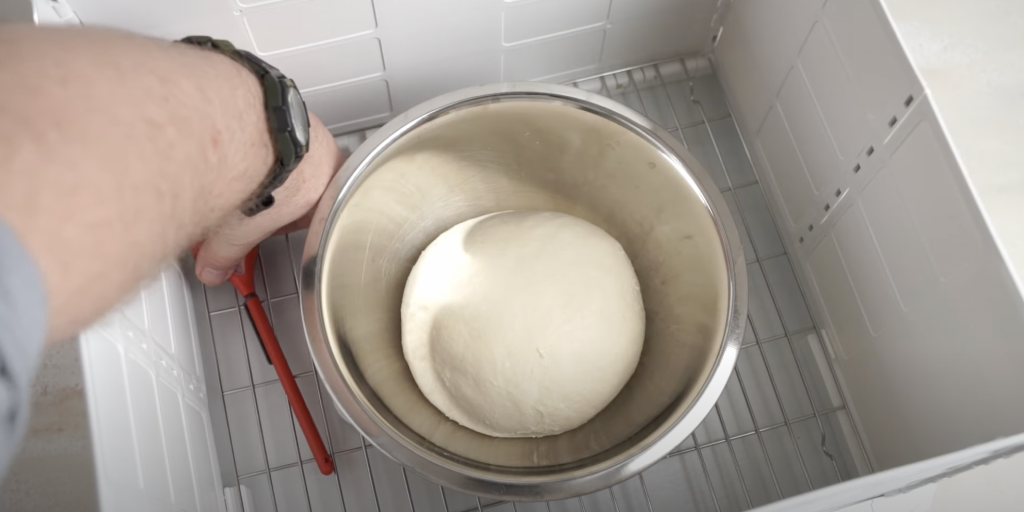
A proofing box is a device that creates and maintains a consistent temperature and humidity level for the dough to rise. It can improve the quality and flavor of the bread, and allow more control over the proofing process. A proofing box can be a simple DIY project, a specialized appliance, or a multifunctional device that can also bake, steam, or dehydrate food. A proofing box can be a valuable tool for any home baker who wants to make consistent and high-quality bread, especially in cold or dry climates.
We hope this article has answered some of your questions about proofing boxes, and helped you choose or make one for your own bread-making needs. Happy baking! 🍞




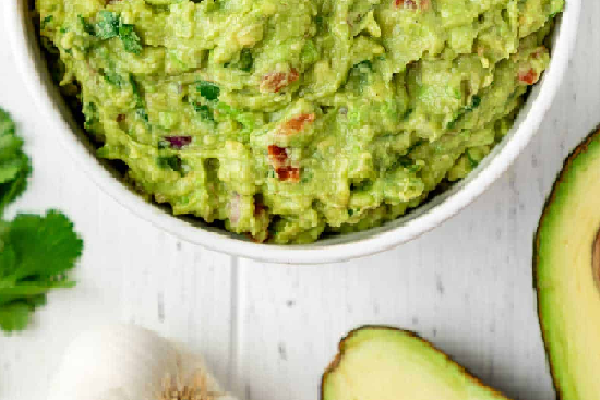



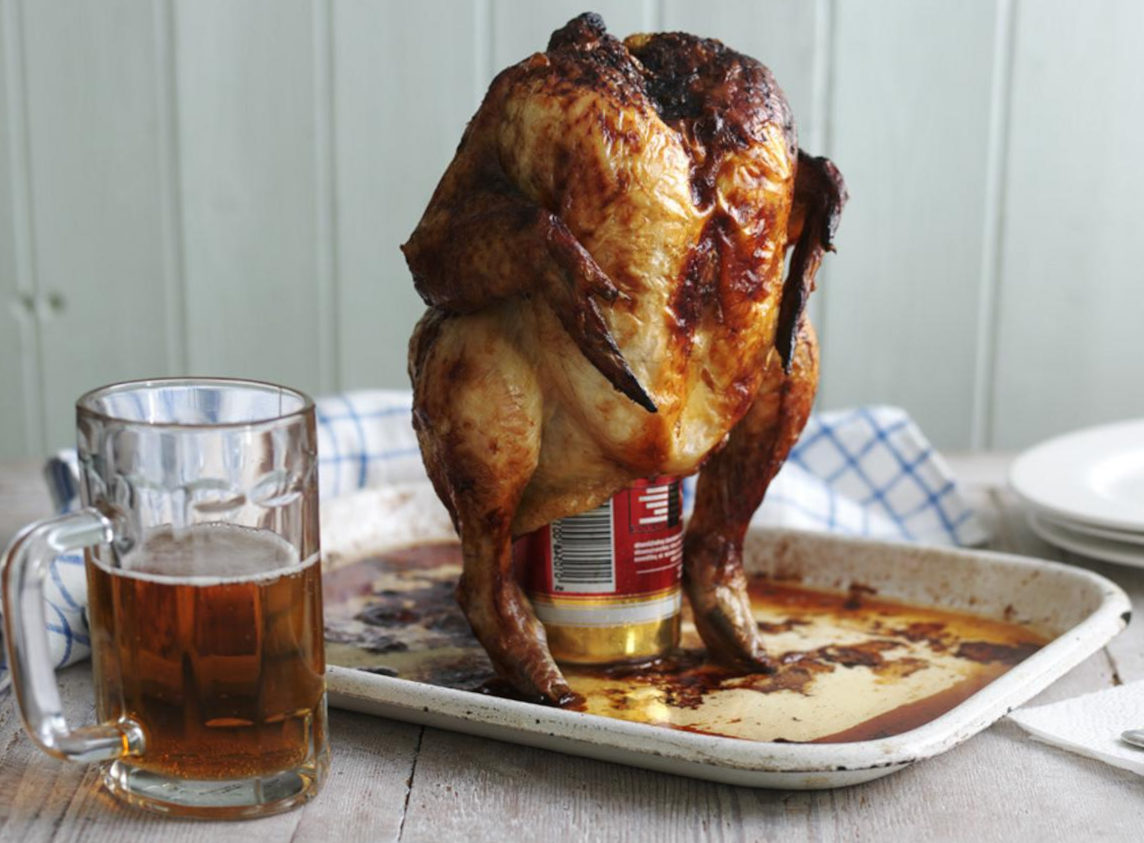
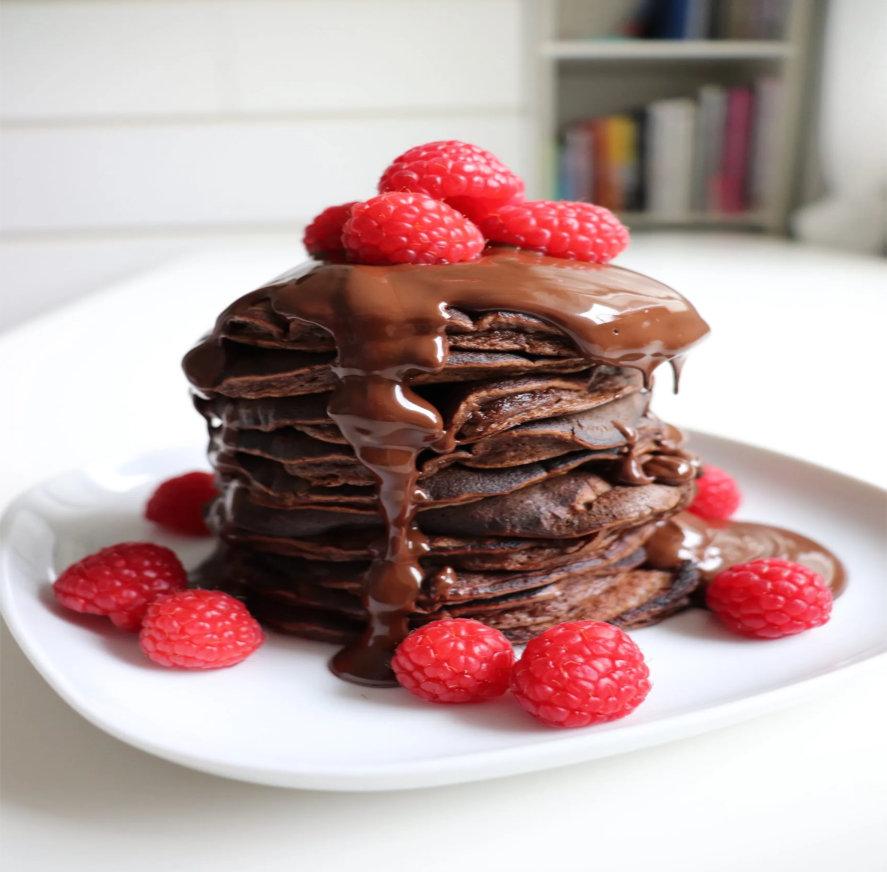
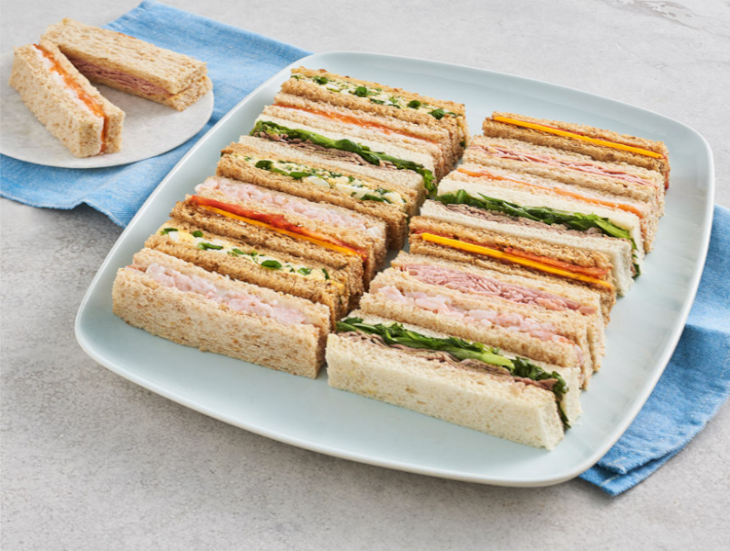



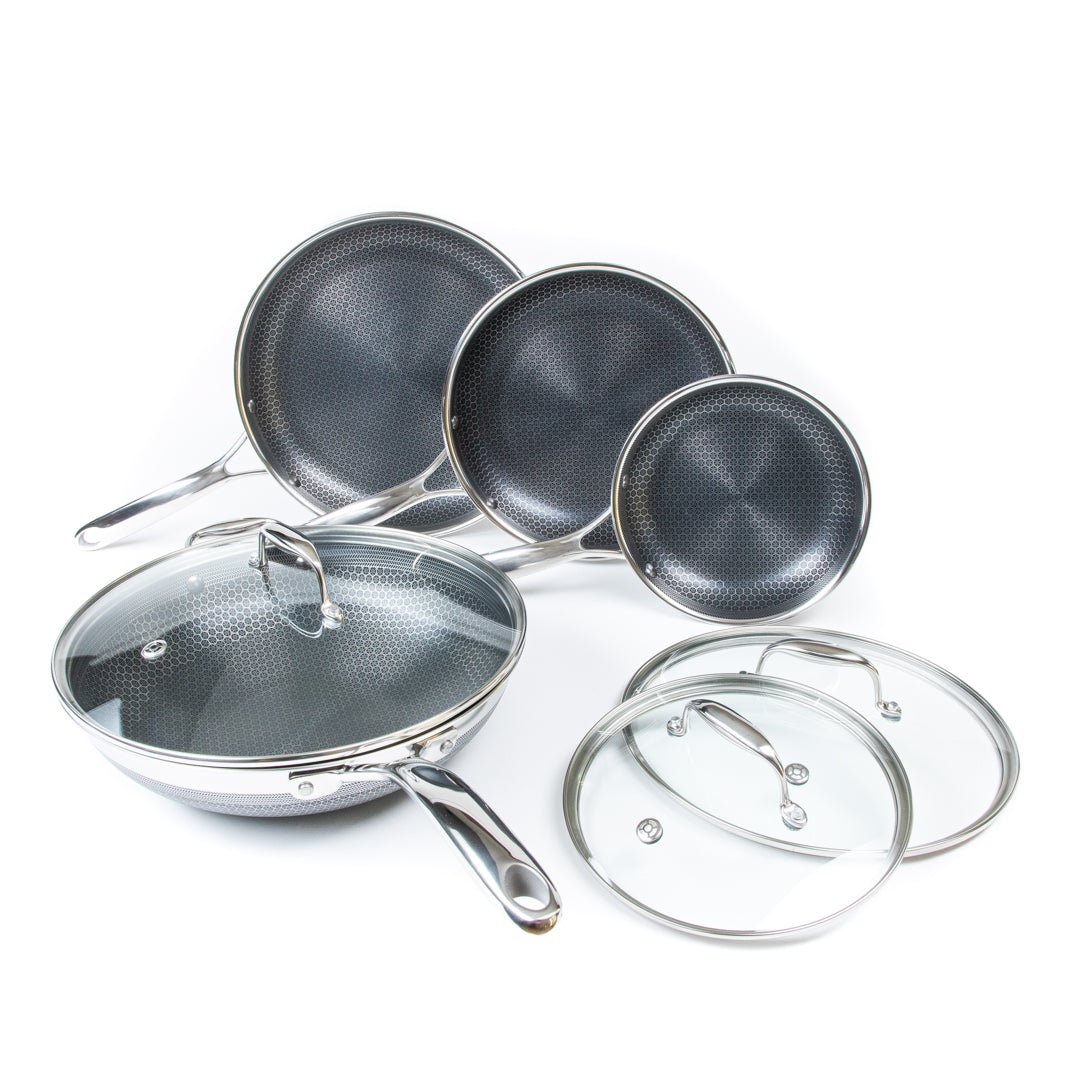


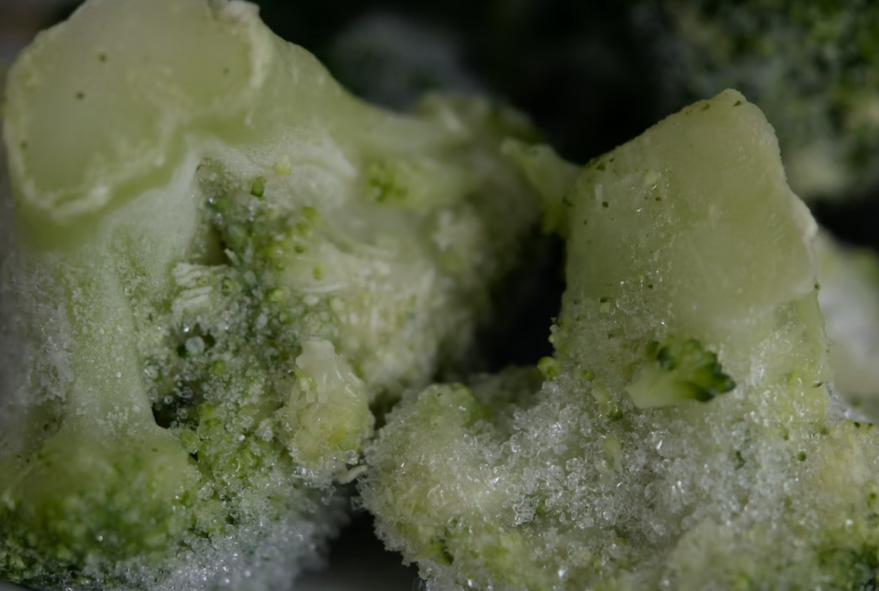
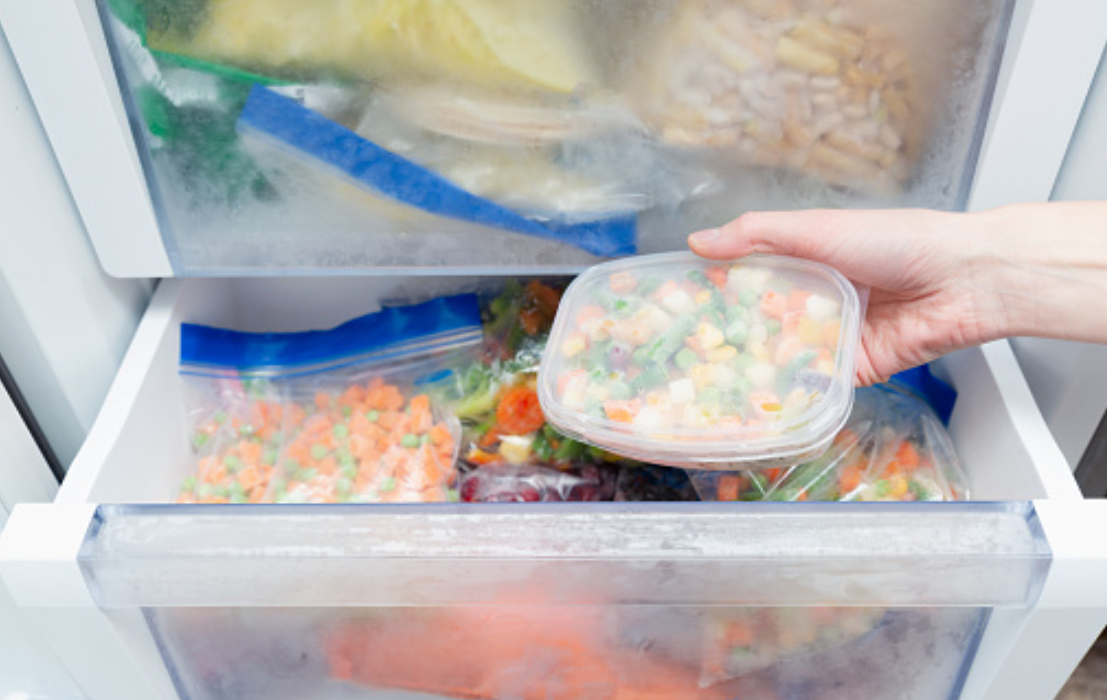
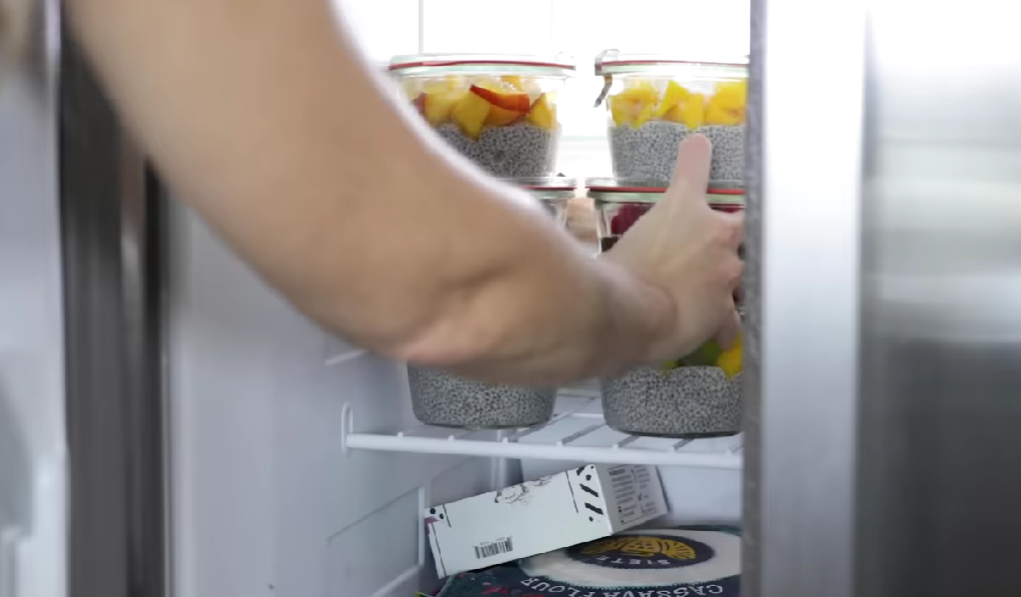

![Can you Cook Eggs in the Microwave? [Complete Guide]](/assets/images/c1f79d1cad59f18f9b5dc31403bd0eb2.png)





